Bitwig Studio 5 continues to innovate with a new tranche of creative tools
Youngsters have a habit of challenging their elders – the challenges emanating from this DAW whippersnapper is growing with each release
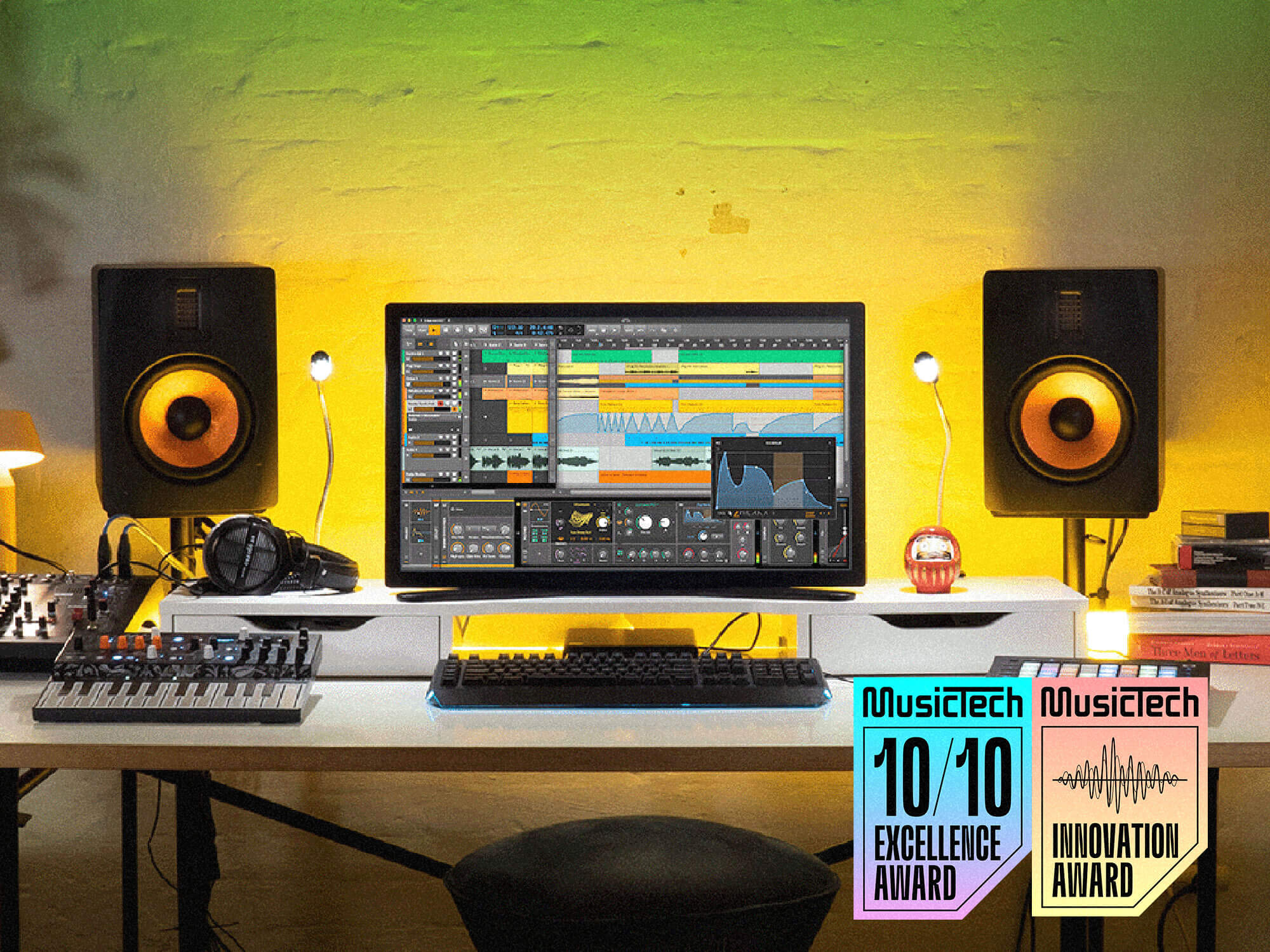
Review Overview
Our rating
10
Our verdict
⊕ Project-level Modulators and Remote Controls
⊕ Project- and mix-level parameters can be modulated
⊕ Wavetable LFO has limitless creative potential
⊕ Super-flexible MSEG curves can be used in multiple contexts
⊕ Powerful new Clip Launcher behaviours
⊖ Does not include common offline audio processing tools
Bitwig enjoyed an entirely blank canvas when designing its eponymous DAW, Bitwig Studio. It made strong use of it too, combining some of the best features found in rival workstations with unique and innovative features of its own devising.
READ MORE: Beginner’s Guide: Everything you need to know about music production
The results speak for themselves, driving an ever-growing user base that includes many die-hard users of other DAW. The newly released version 5 is set to make Bitwig Studio even more tempting still.
Extension of the creative process
In his video of 15 tips for Bitwig Studio beginners, Venus Theory illustrates the features of the DAW that drew him in and makes it stand out from its peers. “I use a lot of different DAWs and audio programs” he explains, “but what continuously keeps me coming back to Bitwig is that it feels like an extension of the creative process, and is kind of an instrument in-and-of itself, which is really inspiring.”
Perhaps what makes Bitwig Studio feel like an instrument is its Modulators – synth-style LFOs, envelopes and the like – that can be attached to practically any device, where they provide a creative and musical alternative to using automation lanes to drive parameter movement.
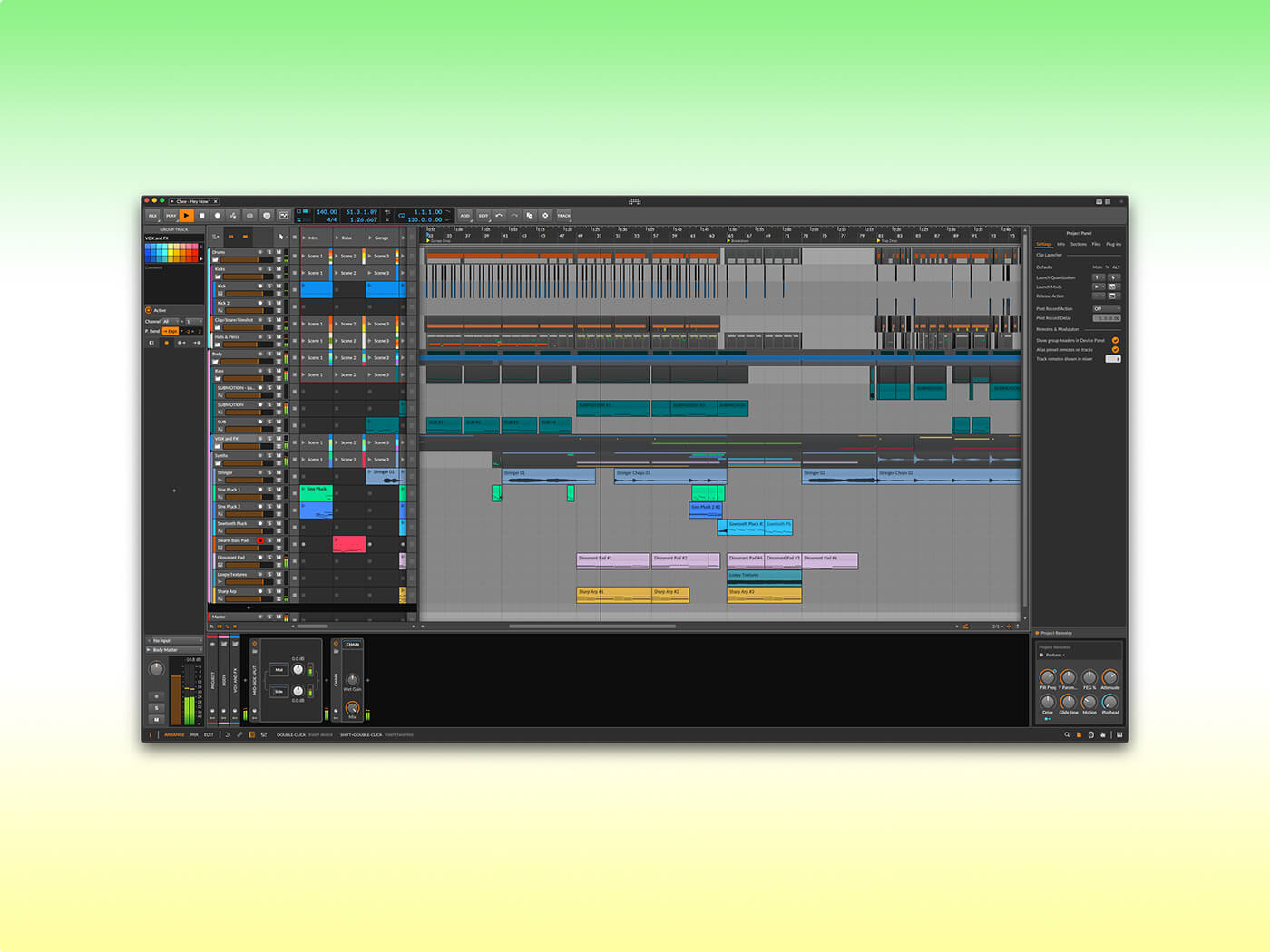
Having these synth-like tools available outside of the confines of a synth or effect really does make Bitwig Studio feel more intimately entwined with the sounds and music you are creating, compared to Logic Pro and Pro Tools. Boundaries between Bitwig and the musical elements it’s hosting can become quite blurred, but in an intuitive way, loaded with creative potential.
Modulators and remotes
New to Bitwig Studio 5 is the ability to create project-wide Modulators. This sees a project device stub added to the Device panel, to which you can assign Modulators. This makes it super-easy to share the same Modulators across multiple devices, and ties into the newly acquired ability to modulate mix- and project-level parameters. This goes so far as allowing the project tempo to be modulated… strange and infectious grooves are waiting to be explored!
Similarly, the Remote Control pages included on most device panels, which map incoming controller messages to device parameters, are now available at the project level too, and this is ideal for managing mix parameters. More to the point, it allows you to easily combine the most important parameters from anywhere within a project into top-level controller pages, eliminating the frantic search for the track you wish to control before you waggle the knobs on your controller.
Modules and MSEGs
Bitwig 5 comes with a bunch of new modules for use in the Grid, a modular environment for creating custom synths and effects, and some of these are also available to use as Modulators and within the modular synth, Polymer. The most attention-grabbing of these new modules is Wavetable LFO which – you guessed it – sources its LFO waveforms from wavetables. Add another Modulator to control the wavetable position and you unleash ever-shifting LFO patterns that never get boring – the creative potential is practically limitless!
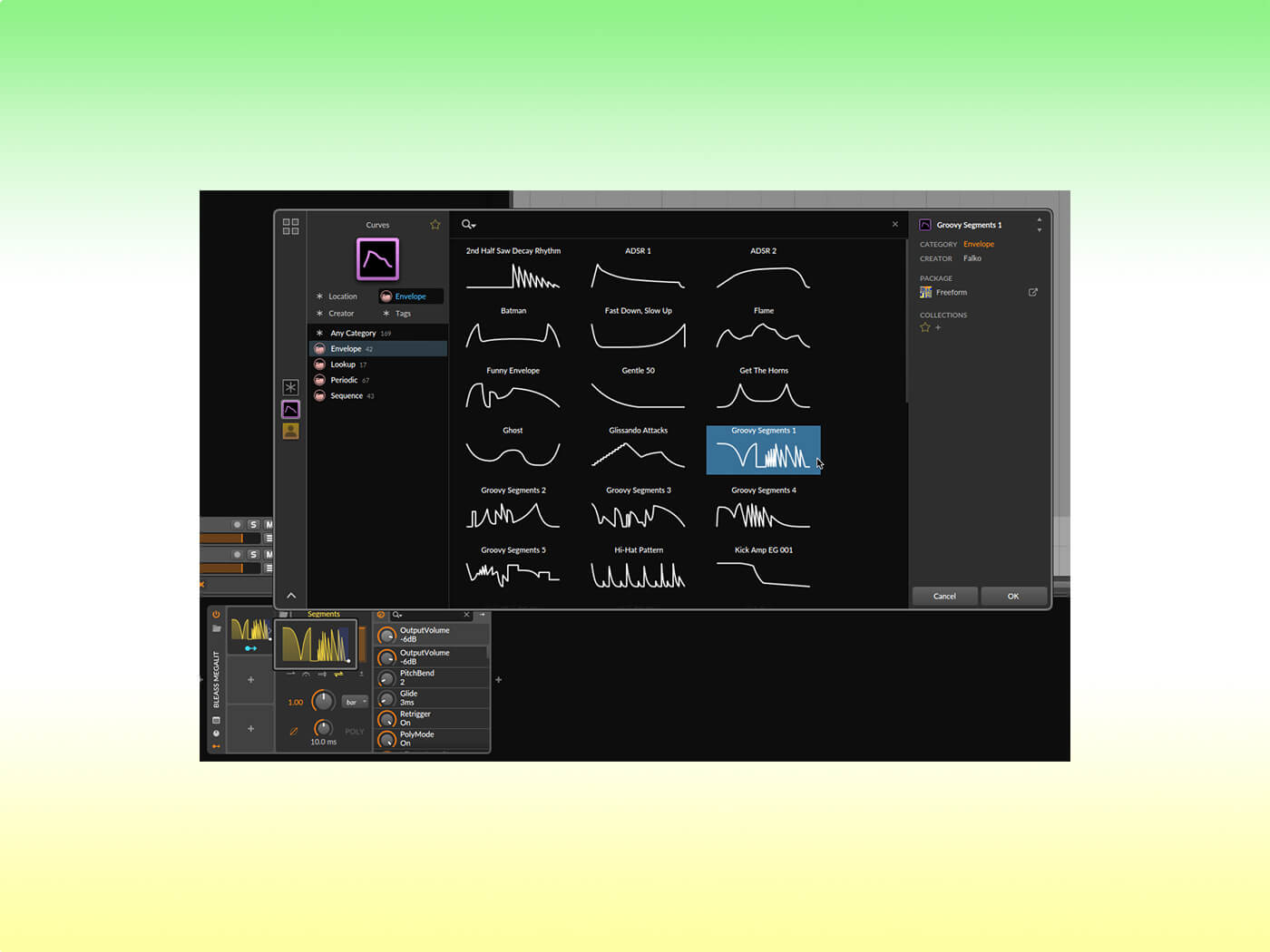
Alongside this are a new family of “MSEG” (Multi-Segment Envelope Generator) modules. MSEGs allow the user to draw point-to-point curves of any length using a common set of tools, with these curves sharable amongst all MSEG modules.
The MSEG modules themselves are incredibly intuitive to work with, helped in no small part by their resizable, pop-up editing panels. Nodes can snap to a timing grid or be set completely freehand, lines between nodes can be straight or curved, and a set of editing tools simplify the creation of common shapes such as ramps and steps.
The sheer flexibility of this MSEG system makes it an excellent feature. Complex oscillator and LFO waveforms, envelopes, sequences and keyboard tracking responses can all be created with ease using a common toolbox, and it’s great fun to explore how the same curve works in all of these different contexts.
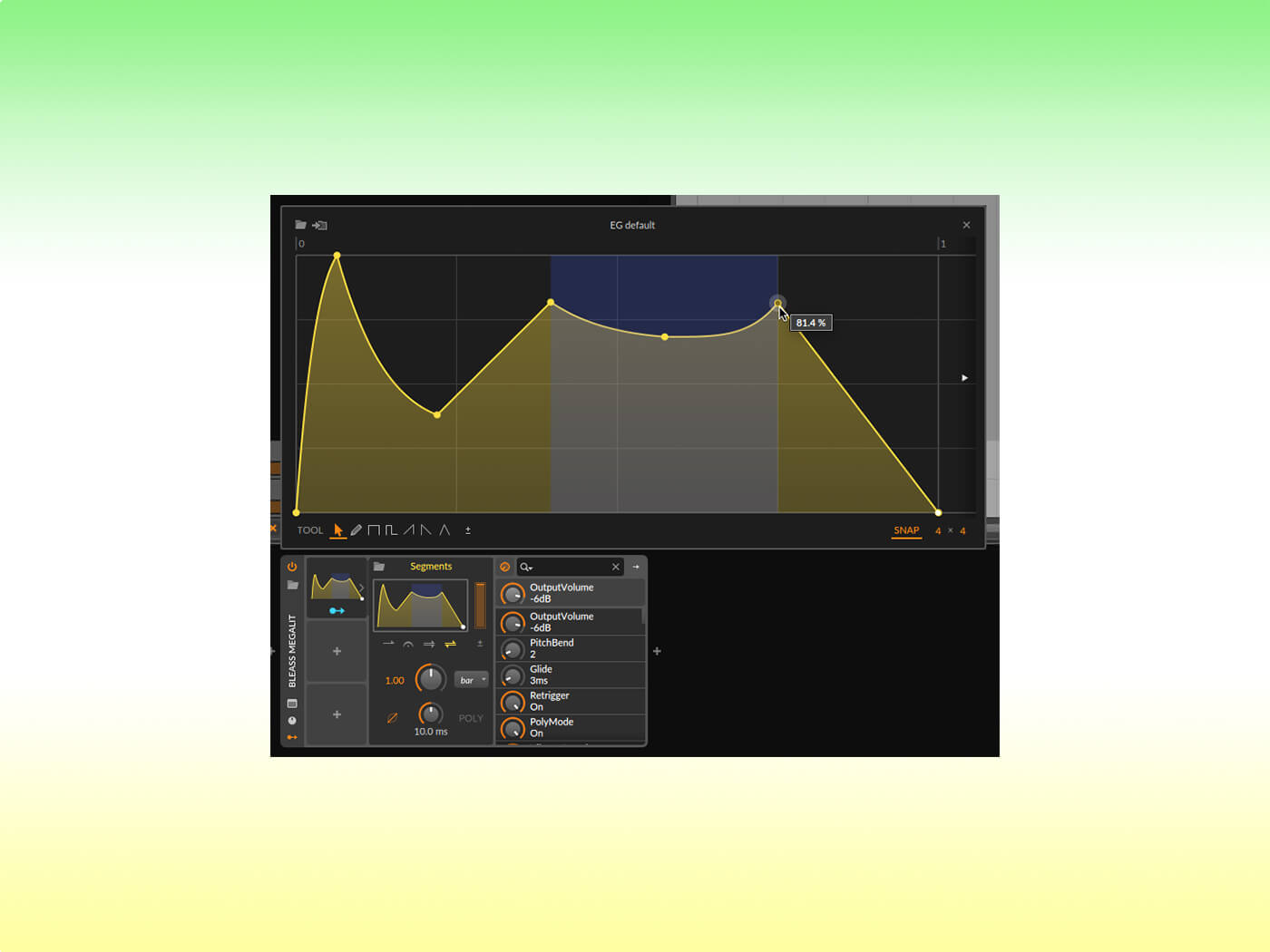
Launch time
One of Bitwig Studio’s most compelling features is Clip Launcher, which allows you to trigger and sequence audio and MIDI loops, snippets and scenes in a non-linear fashion. Jamming with these clips and scenes – typically using a Launchpad-style controller – is perfect for creating spontaneous, organic arrangements of your musical ideas. Such an approach to arranging has received a big boost in Bitwig Studio 5.
Clip launch modes have been overhauled, with two new modes that allow a clip to pick up playback immediately relative to either the currently-playing clip or the project timeline. Better still, you can now define alternate launch modes that are triggered by holding down the shift button on an external MIDI controller, or the computer keyboard’s ALT key if triggering with a mouse click.
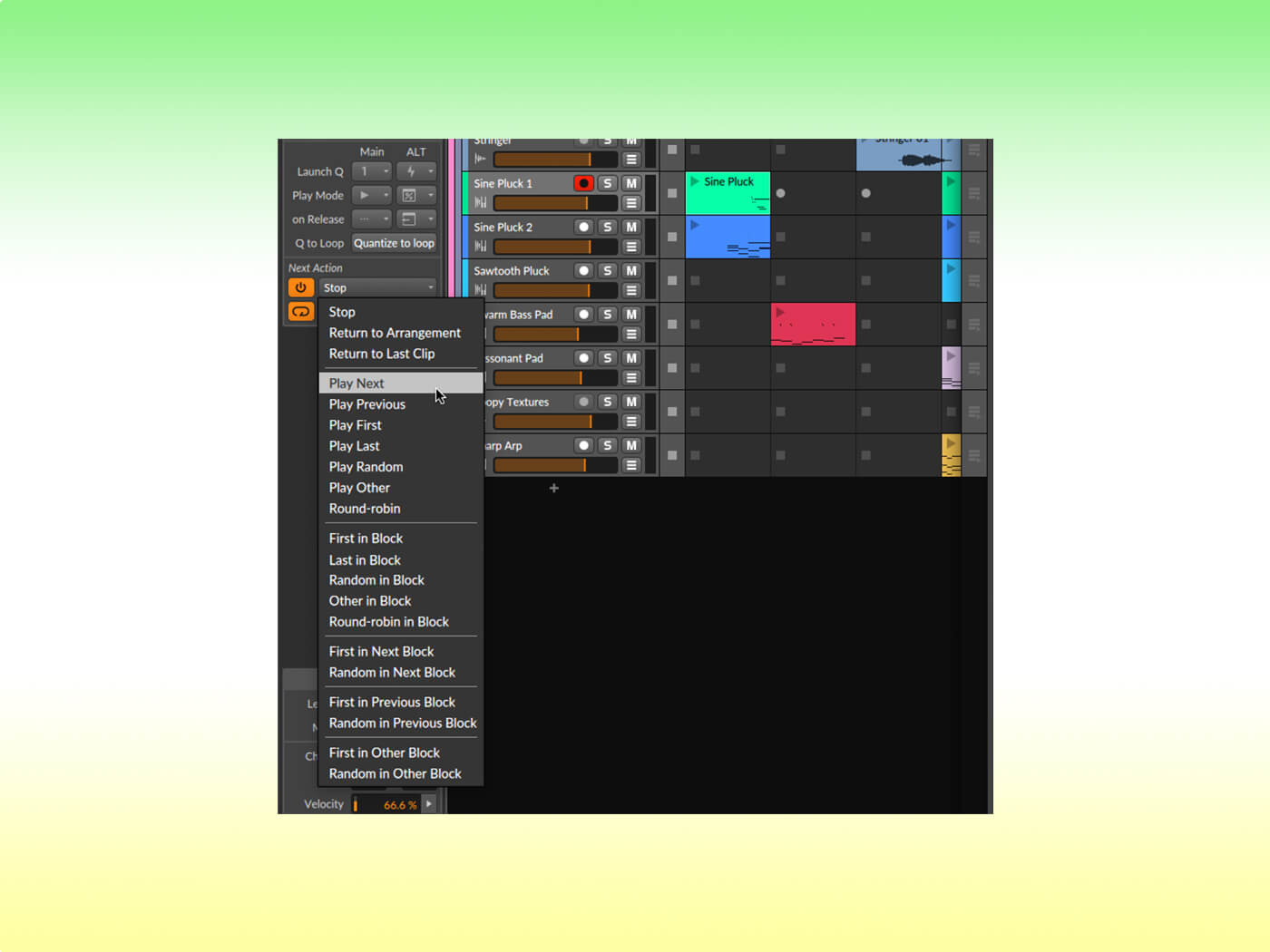
Bitwig Studio can also now react when you release a launch trigger, and this works whether you are launching clips using external hardware or the mouse pointer. Continue leaves the clip playing (i.e. the usual action), Stop stops the clip, Return returns to the previously playing clip, and Next triggers a further action selectable from a list of 20 possibilities.
All of these new options provide tons of flexibility when performing and jamming, and are easy to manage too. Project-level Clip Launcher settings govern the default behaviour of the Launcher’s slots, however these can then be overridden on a per-slot basis as required.
New content browser
The most visually noticeable change is the re-imagined content browser. This is markedly different to its predecessor, with a smarter appearance, more focused layout, and improved filtering and searching. The new browser might take some getting used to and, although it’s a clear improvement, there is little carry-over from old to new, which may be frustrating, albeit temporarily, for existing users.
Hiding behind all of these big-ticket changes are the expected tranche of smaller and less-visible tweaks. Amongst these are a new audio onset detection algorithm that improves beat detection and slicing, along with a bunch of new utility modules for the Grid, and new controller integration scripts for recently-released Akai and Novation controllers.
There remain some omissions that users have been asking for, most notably offline audio processing tools such as normalising, reversing and so on. A free external wave editor can deal with this, but it is preferable for such things to be integrated into the DAW. Users
Perhaps we will have to wait for the next major update for such tools to appear, but in the meantime, we’ll be very busy getting creative with all of the excellent additions to Bitwig Studio 5.
Learn more at bitwig.com.
Price
€399 / $399
Producer edition: €199 / $199
Essentials edition: €99 / $99
Key features
Modern DAW for macOS, Linux and Windows
Available in full, Producer and Essentials versions
Combines nonlinear Clip Launcher and linear Arranger Timeline
Powerful and flexible device chaining system
All devices feature modulation slots and customisable remote control mappings
Integrated, modular Grid for creating custom instruments and processors
Extensive content library included
Built-in support for many popular hardware controllers
Open-source scripting tools for creating custom hardware controller scripts